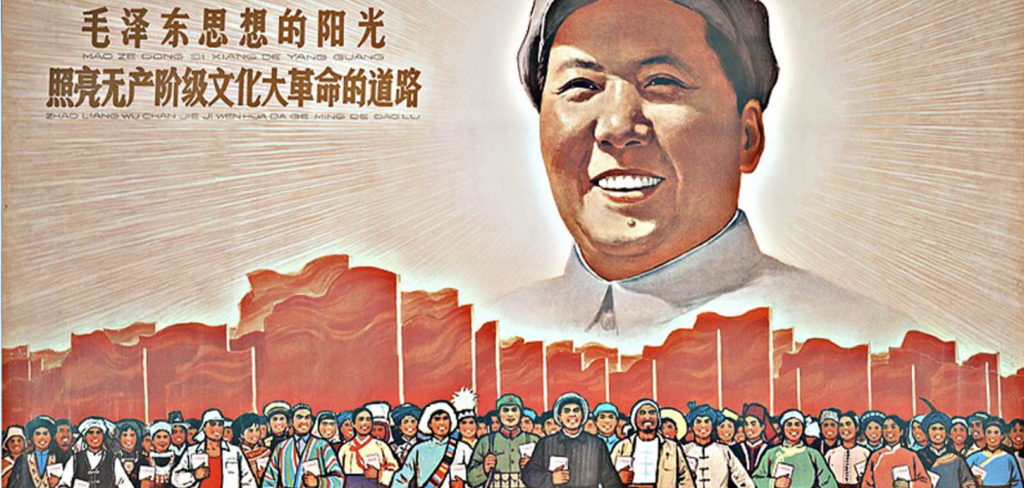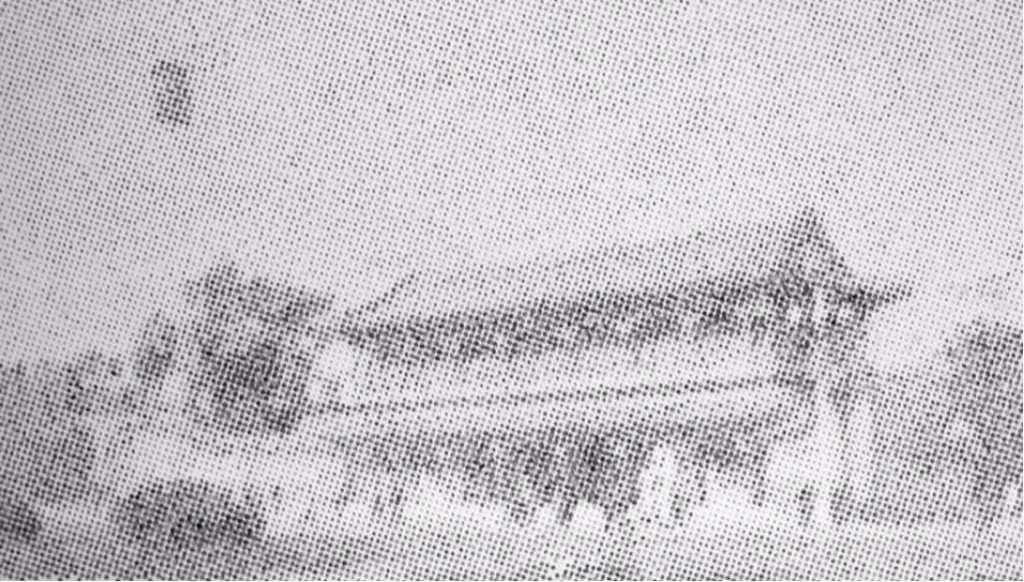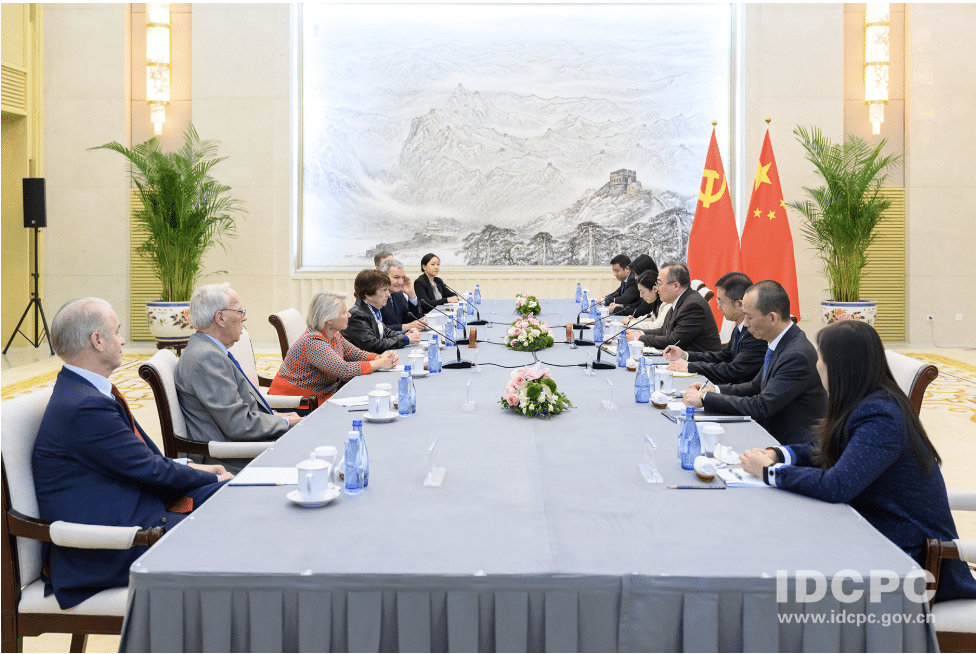Li Keqiang’s Big Day: Chinese Premier Set To Push His Reform Plan As He Takes Questions From The Media
China’s growth is still on track and Beijing isn’t giving up its reform agenda.
That’s the key message Premier Li Keqiang is expected to deliver at his annual post-National People’s Congress press conference in the Great Hall of the People on Wednesday.
The event is the closest most of the media can get to questioning the premier on China’s economic, diplomatic and social issues and there is much to cover.
Analysts said Li was expected to use the show to reassure the world that the Chinese economy was safe and sound, and Beijing had learned from last year’s stock market rout and exchange-rate missteps.
But whether Li, now in his fourth year in the job, can convince is open to debate, with angry coal mine workers protesting over unpaid salaries, local cadres complaining about the huge task of restructuring industry, and speculators pushing up housing prices in major cities.
Observers will be look for government direction on a range of issues, from growth, the stock market, and the yuan, to government debt, labour unrest and the 13th five-year plan.
“It seems the Chinese government knows what it wants in general, but it is not fully clear on how to get such things,” Singapore-based Commerzbank AG economist Zhou Hao said.
He said Li was unlikely to come up with any surprises, adding “it’s known that the government, at least for now, is trying to achieve stability” in both the market and economic growth.
The press conference will also give Li the chance to regain control of his reform narrative, which is increasingly less convincing.

“When he came into office three years ago, we thought him on the side of reform,” said Jonathan Fenby, China research director at London-based Trusted Sources. But Li had “lost momentum” on that, he said.
Fenby said that since Li took office 2013 he had talked a lot about implementing reforms to shake up established interest groups, embracing innovation to cut reliance on investment, and slashing government red tape. But real structural changes were limited, given the debt build-up and excess capacity, Fenby said.
Nevertheless, there are signs of stabilisation. The fall in China’s foreign exchange reserves narrowed significantly in February, and the yuan has appreciated against the US dollar in past weeks. China’s stock market has also become much less volatile, while property investment, a big drag on growth, showed signs of big improvement last month.
In the past few weeks other members of Li’s cabinet, including the country’s central bank chief and top economic planning official, have met the media to try to defy talk of a hard landing and concerns about capital flight from China.
Still, the market was still split over China’s economic prospects, said Hong Kong-based Nomura chief China economist Zhao Yang. “There’s buy-side view, there’s sell-side view, and the views from domestic institutions and overseas ones are sometimes different – there’s no agreement.”
Zhao said it was too early for Beijing to declare victory on the yuan and growth.
“It’s still not certain whether China can achieve at least 6.5 per cent growth under the current policy mix” of a 3 per cent fiscal deficit-GDP ratio and a 13 per cent rise in broad money supply, Zhao said. If China’s property investment rebound failed to hold up, Li might be forced to increase stimulus by the middle of the year, he said.
By ZHOU XIN Mar. 16, 2016 on South China Morning Post
Read more here








